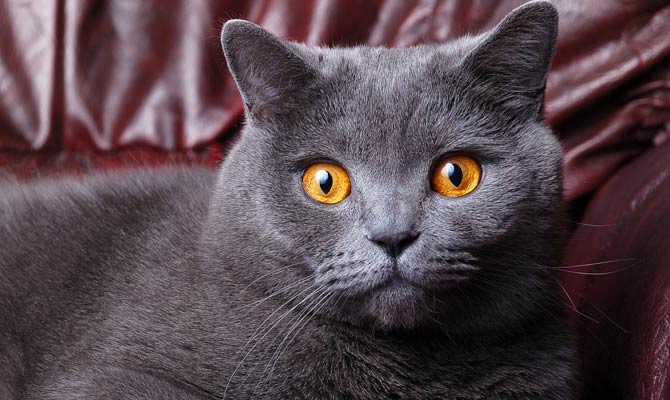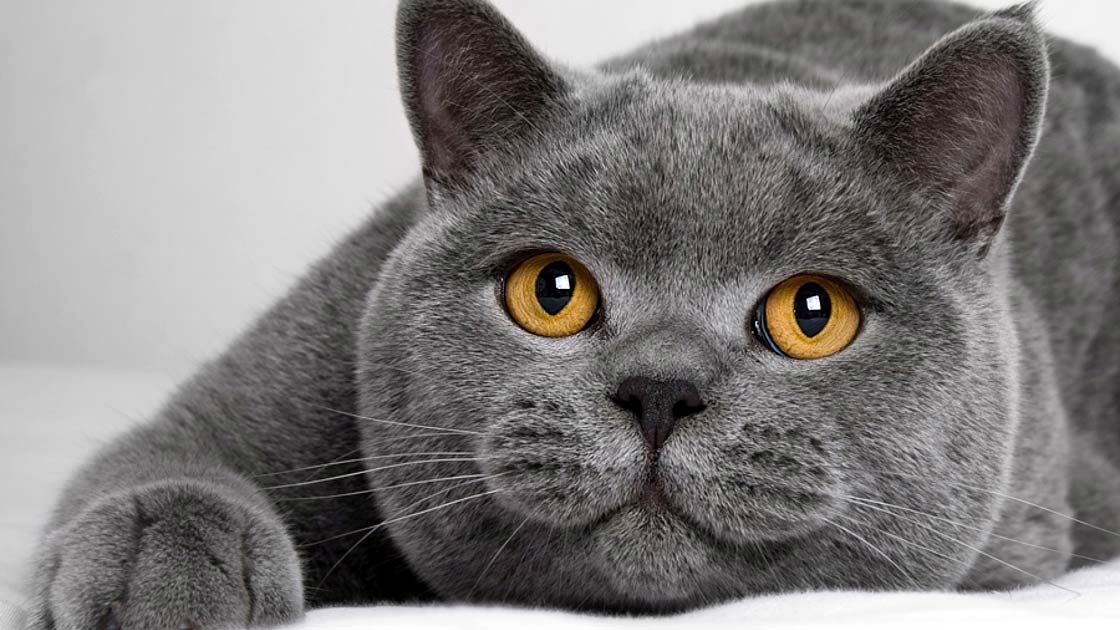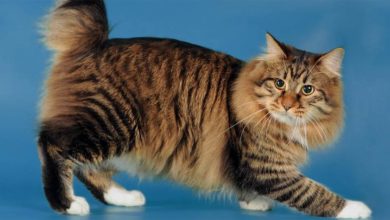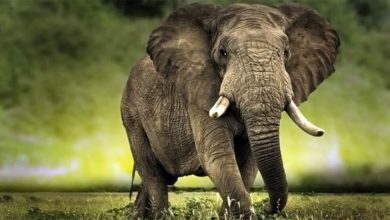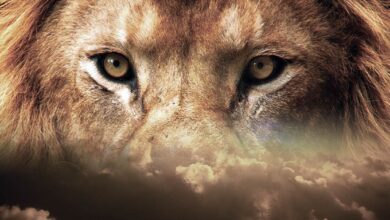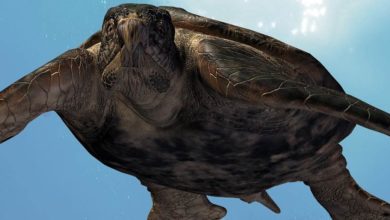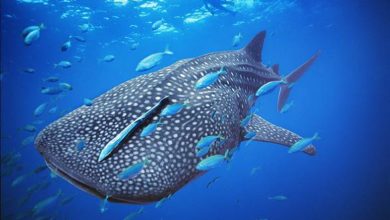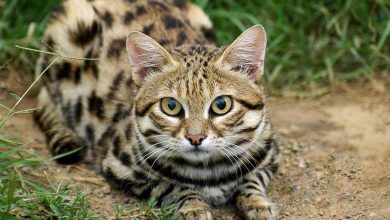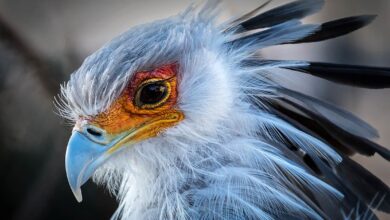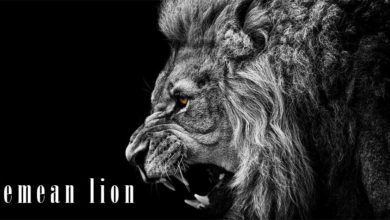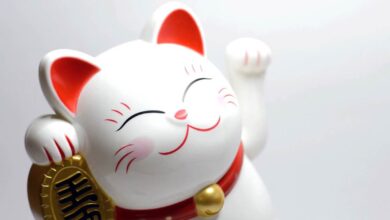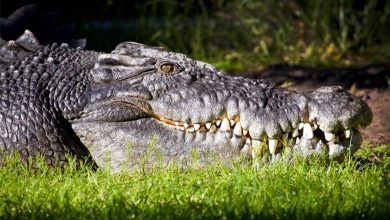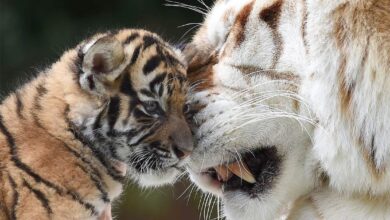British Shorthair
If you have seen an ad for Whiskas cat food, you already know, what the British Shorthair cat looks like. Outside of the advertising industry, the breed is just as popular, thanks to its great, well-balanced character. Here is a “plush” representative of the domestic cat from Great Britain.
FIFe classification
- Category III: Shorthair and Somali cats
- EMS code: BRI
- Country of origin: Great Britain
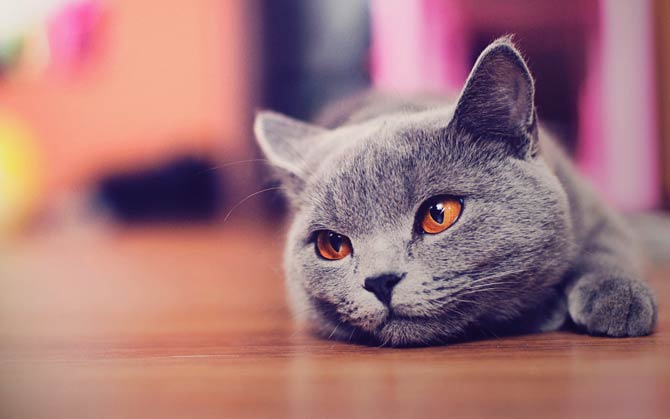
History of the breed
The breed’s roots can be traced back to the 1st century AD, making it one of the oldest. Probably during the Roman Empire, these cats were transported from Egypt to Great Britain, where they then crossed with the European wildcat. The new cat variety had a stocky, stately body and a very thick but short fur, which helped it survive in the island climate.
It seems that the contemporary British Shorthair cat has practically not changed in terms of appearance, as evidenced by the many images created over the centuries.
Selective breeding of the breed began in the 19th century. From the beginning, the emphasis was on the color of the fur – it had to be a blue-gray shade. At that time cats of this breed having such coloration were called British Blue or English type (this name distinguished the British variety from the smaller Russian type cat).
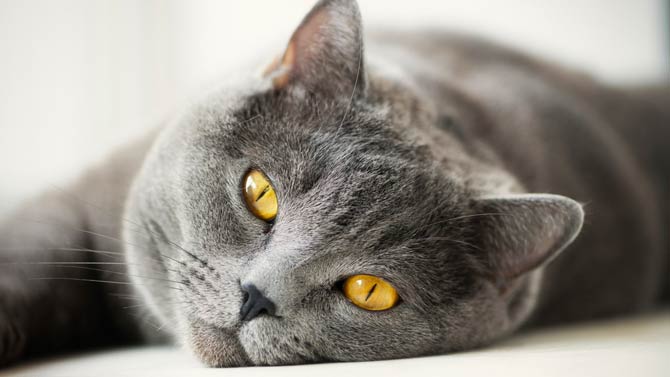
Harrison Weir is considered a pioneer in breeding the British Shorthair cat, who contributed to the unification of the breed. It is possible, however, that several breeders participated in it.
At the end of the 19th century, after an exhibition at the Crystal Palace, they were very popular with cat lovers for a time. However, this changed with the arrival of the Persian cat and other longhair breeds in the Islands. The British Shorthair significantly lost its popularity, and after the outbreak of the war, it was on the verge of extinction.
To regain their former glory, breeders decided to cross British Shorthair with Persian cats. This treatment gave rise to a completely different breed – the British Longhair cat. Often, short-haired cats were also associated with the Russian Blue cat to keep their coat beautiful. After the war, breeders worked hard to restore the characteristics of the British Shorthair. In the late seventies, this was achieved and felinological federations such as TICA and CFA officially registered the new breed.
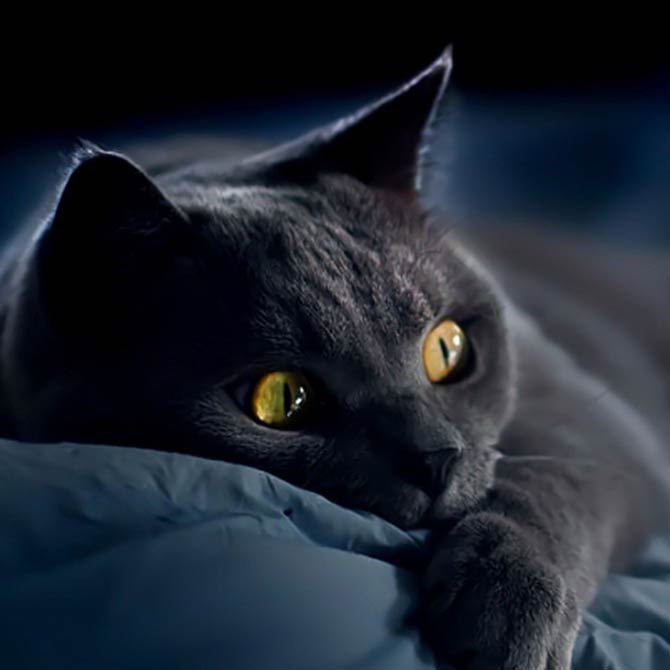
Characteristic
Appearance
A characteristic feature of the breed is a stocky, muscular figure combined with rather a small size. The chest is broad, the limbs strong and thick, and the tail bluntly pointed. In relation to the body, the round head is very large. The snout is short, the cheeks are bulky – they are the most impressive in adult males. Above the muzzle, there are large, round, coppery-orange eyes (the color of the iris, however, depends on the color of the coat). Ears are set wide apart on top of a large head.
Size
Compared to other breeds, the British Shorthair matures more slowly – it reaches its full size at around 3 years of age. Interestingly, cats of this breed exhibit a clear sexual dimorphism: females weigh 3.2-5.4 kg (7–12 lb) on average, while males weigh 4.1-7.7 kg (9–17 lb).
Coat
The coat is another hallmark of the breed: it is thick, although it consists of only one layer. Thanks to this, the fur is very soft, even plush, which can be seen when it is arranged during the movements of the animal.
The most popular color variation is blue, but felinology federations accept many colors and patterns. Thus, there are red, silver, cream, white, black, golden-cinnamon, fawn, brindle, colorpoint, two-color, chocolate, lilac and tabby cats.
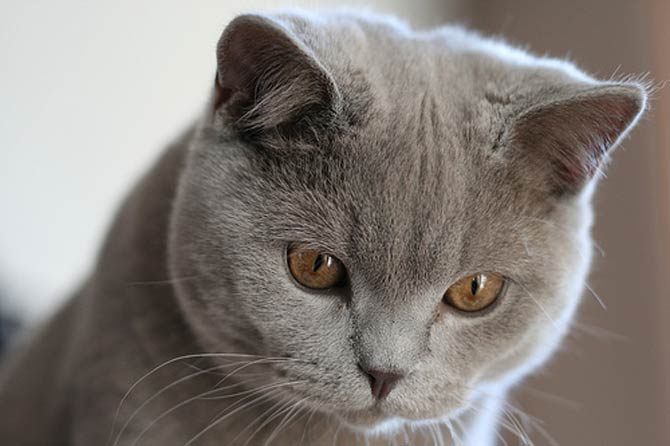
Temperament and health
It is not as active and playful, as many others breeds, but is distinguished by great charm and kindness. It is very devoted and loving towards the owner, it also enjoys the company of other animals and children. It is very fond of physical contact, but this only includes stroking; wearing and showing too much affection is overdoing it.
It rarely meows, but likes to be close to people. It doesn’t have to be the center of attention; it is usually calm, but not withdrawn. Kittens and immature specimens are vigorous, but this feature fades with age. It is not mischievous in the absence of owners, because it behaves very distinguished. It shows kindness and trust towards its guests, but is not too familiar.
Due to its structure, it may be prone to obesity, which is why a balanced diet is important for it.
The breed is considered to be long-lived, although it has two fatal diseases. Hypertrophic cardiomyopathy is a serious problem for the British Shorthair. Danish studies on approx. 330 cats showed that this disease occurred in approx. 20% of male cats and 2% of female cats. This breed is also at risk of developing polycystic kidney disease.
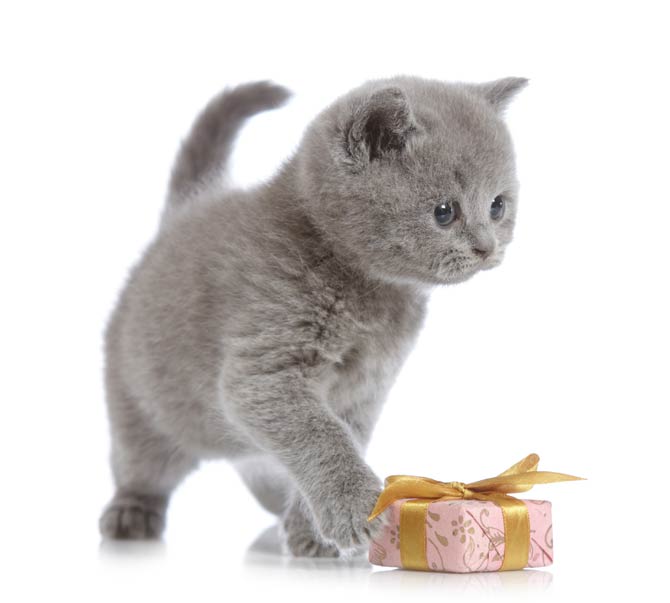
Detailed data / dimensions (size)
British Shorthair cat
- Height at the withers: 30-35 cm (11.8 – 13.8 in)
- Weight:
- males 4.1-7.7 kg (9–17 lb).
- females 3.2-5.4 kg (7–12 lb
- Lifespan: 14-20 years
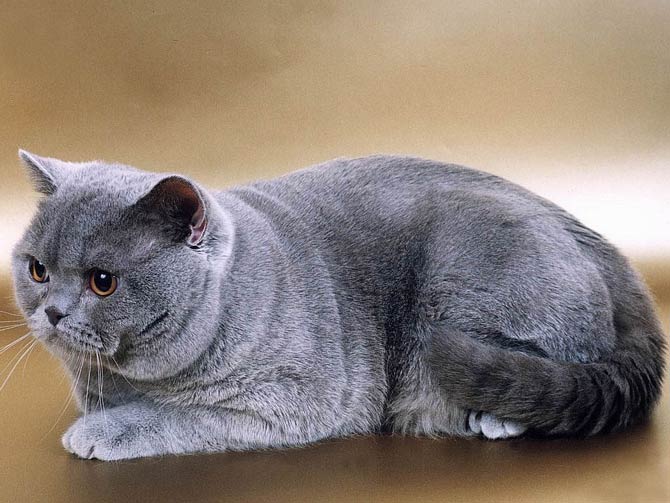
British Shorthair cat – interesting facts
- The British Shorthair cat is probably the oldest English cat breed.
- The prototype for the character of the Cheshire Cat (“Alice in Wonderland”) created by Sir John Tenniel was most likely a British Shorthair cat.
- It is possible that Puss in Boots – the protagonist of the animated film “Shrek” is a British Shorthair cat. So don’t get confused by his strong Spanish accent 🙂
- The British Shorthair is the mascot of the Whiskas brand.
- According to the GCCF (The Governing Council of the Cat Fancy) data from 2013, the British Shorthair cat was the most popular in the British Isles.
